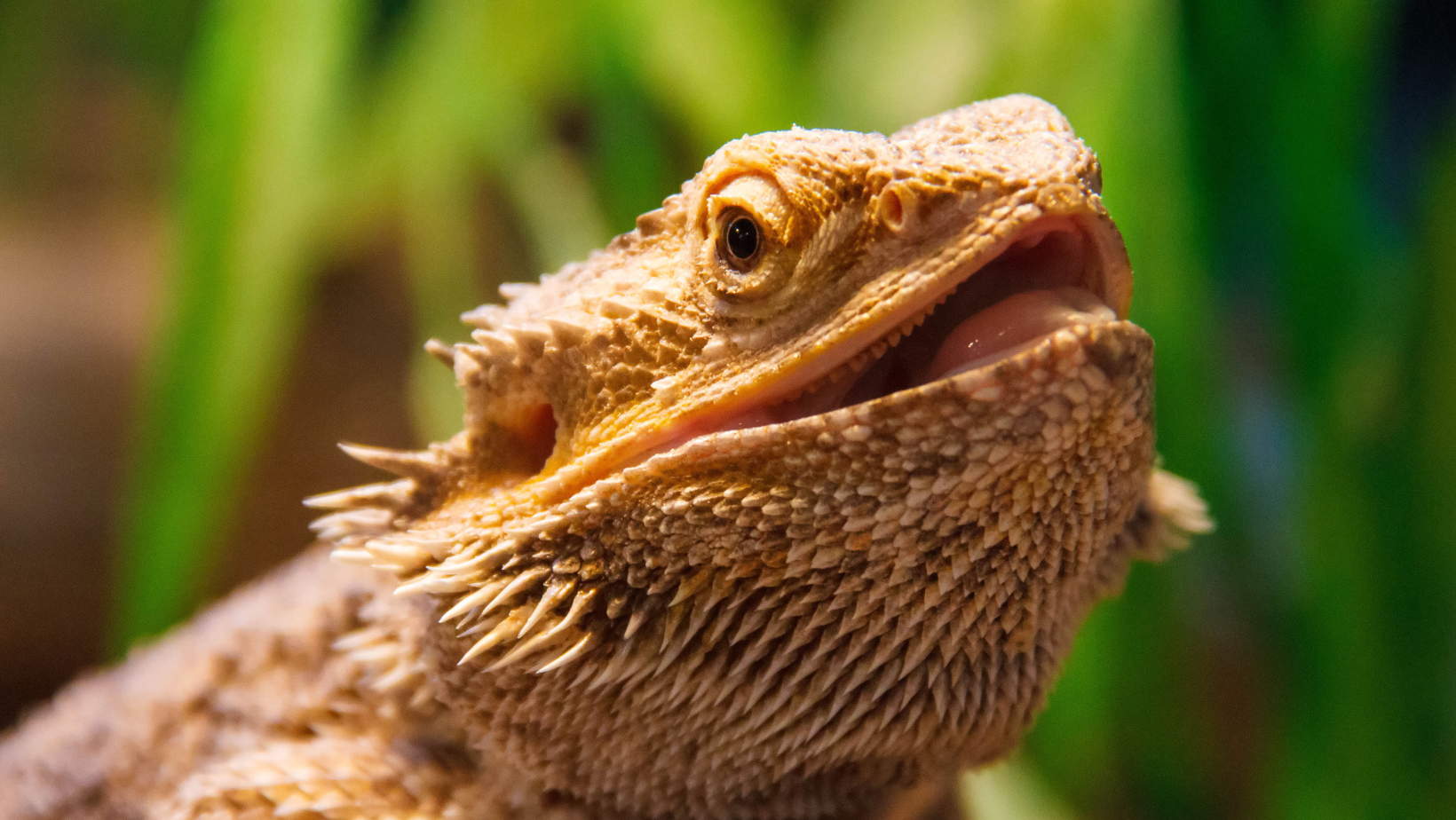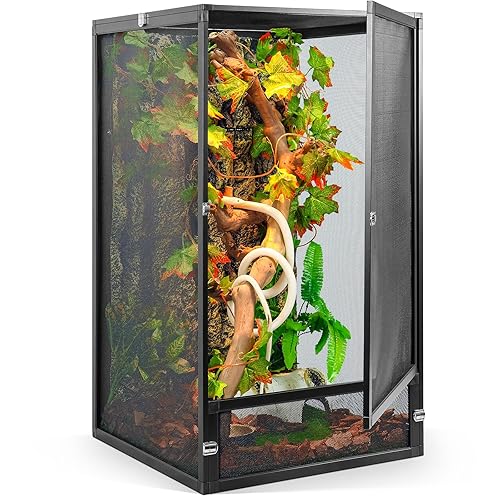Please note we receive a small commission on each item purchased that aids us in our operations.
Introducing a new reptile companion to your household can be a special experience, particularly when they are more unusual than traditional pets like cats or dogs. Whether you’re considering a bearded dragon, a snake, a turtle, or another type of reptile, proper preparation is essential to ensure their health, safety, and well-being in their new environment. From setting up their habitat to understanding their dietary and environmental needs, here’s a comprehensive guide on what you need to do to prepare for your new scaly friend.
Research and Learn:
Before bringing home a reptile pet, take the time to research and educate yourself about the specific species you’re interested in. Learn about their natural habitat, behavior, diet, environmental requirements, and potential health issues. Understanding their needs will help you create a suitable environment and provide proper care for your new pet. Also be sure to have a comprehensive understanding of their temperature needs. Unlike with a cat or dog reptiles will need certain lights to provide them with heat or UV rays. Each reptile has very different needs.
Choose the Right Species:
Selecting the right reptile species for your lifestyle, experience level, and available space is crucial. Consider factors such as size, temperament, lifespan, and care requirements when making your decision. When making these decisions it’s best to understand how large your new pet will grow to because that will determine the size of the enclosure they need. A good example of this one reptile might be able to live a happy, healthy life in a 75-gallon terrarium while another might require a twelve foot enclosure as an adult.
Set Up the Habitat:
Creating a suitable habitat is essential for the health and well-being of your reptile pet. Here are some key elements to consider:
- Enclosure: Choose an appropriate-sized enclosure that allows your reptile enough space to move around comfortably. Ensure the enclosure provides adequate ventilation and security to prevent escape.
- Substrate: Select a substrate that is safe, easy to clean, and suitable for your reptile’s species and habitat. Options include reptile carpet, paper towels, newspaper, coconut fiber, or sand (for certain species). NOTE: some species cannot have certain kinds of substrate.
- Heating and Lighting: Provide the necessary heat and lighting to create a temperature gradient and mimic natural sunlight. Use heat lamps, ceramic heat emitters, or under-tank heaters to maintain proper temperatures, and use UVB fluorescent bulbs or mercury vapor bulbs to provide UVB lighting for reptiles that require it.
- Hiding Spots and Enrichment: Include hiding spots, branches, rocks, and other decorations to create a stimulating and enriching environment for your reptile to explore. Offer opportunities for climbing, basking, and burrowing, depending on your pet’s species and preferences.
- Toys: Provide a variety of toys to keep your reptile friend entertained and mentally stimulated.
Establish a Routine:
Maintain a consistent daily routine for feeding, handling, cleaning, and monitoring your reptile’s health and behavior. Keep track of their appetite, bathroom habits, shedding, and any changes in appearance or behavior. This is the best way to know if your new pet is happy and healthy. At the first sign of something being off please see your vet.
Provide Proper Veterinary Care:
Find a veterinarian with experience in reptile medicine and schedule regular wellness check-ups for your pet. Reptiles can be prone to certain health issues, so it’s important to monitor their health closely and seek veterinary care if you notice any signs of illness or injury. Keep your reptile’s enclosure clean and hygienic to prevent the spread of disease.
Stay Informed and Flexible:
Continue to educate yourself about reptile care and stay informed about any new research or developments in reptile husbandry. Be prepared to adapt your care routine as your reptile grows and their needs change. Stay observant and responsive to your pet’s behavior and preferences and adjust as necessary to ensure their health and happiness. Feel free to always check our blogs for further information on handling and care.
Preparing for a new reptile pet requires careful planning, research, and dedication, but the rewards of having these fascinating creatures as companions are well worth the effort. By creating a suitable habitat, providing proper nutrition, establishing a routine, arranging for proper veterinary care, and staying informed, you’ll set the stage for a fulfilling and enriching relationship with your new scaly friend. Enjoy the journey of reptile ownership, and cherish every moment spent with your fascinating and unique pet.
Top of Form
Bottom of Form

































































